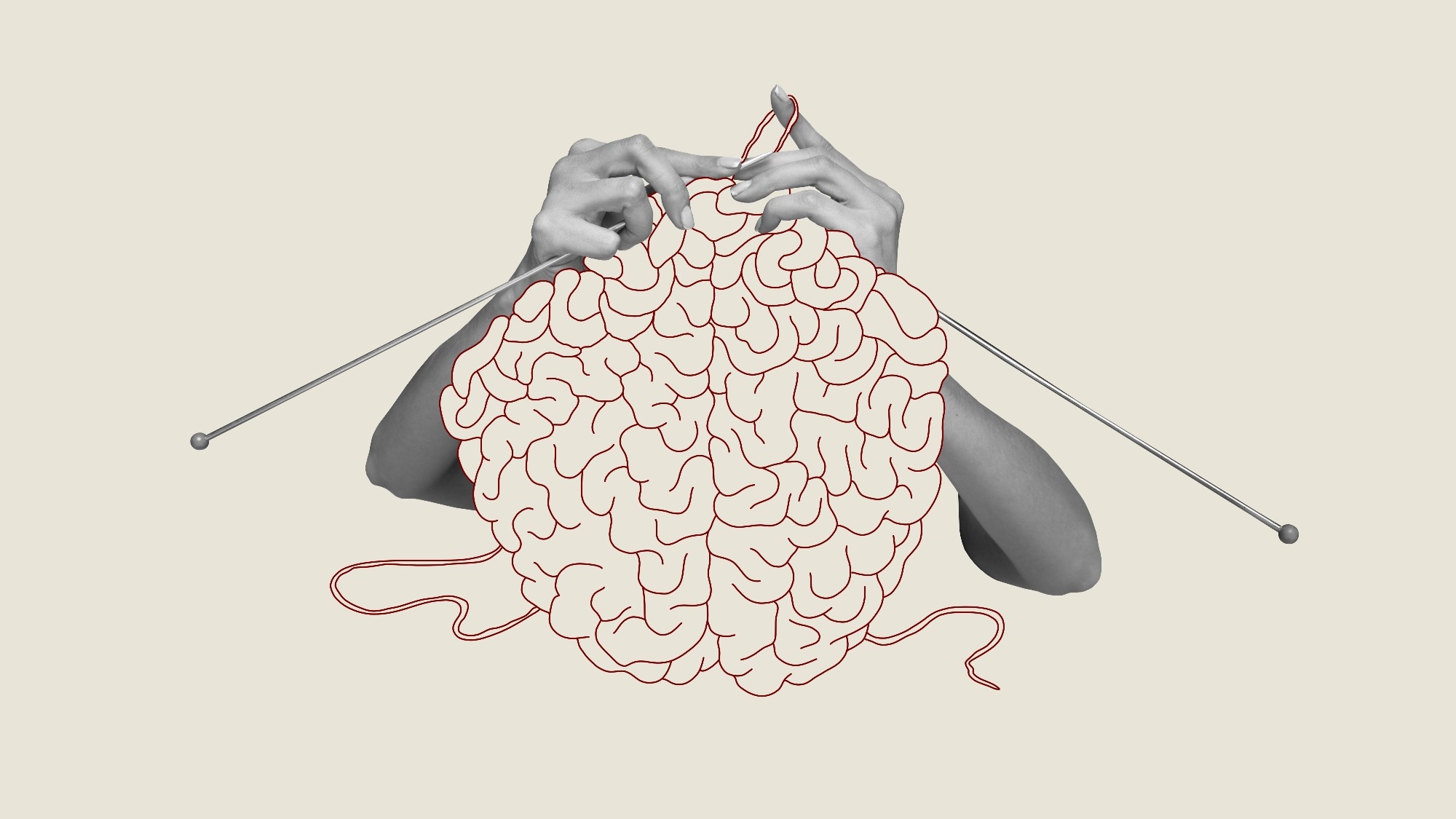In a review published in the Proceedings of the National Academy of Sciences, researchers in the United States of America described the potential of scientific tools to combat mental health disorders, including anxiety, major depressive disorder (MDD), and posttraumatic stress disorder (PTSD). They explore the role of science, the physiology and types of stress, responsiveness, treatment approaches, and the current evidence.
 Review: The neurobiology of stress: Vulnerability, resilience, and major depression. Image Credit: Master1305 / Shutterstock
Review: The neurobiology of stress: Vulnerability, resilience, and major depression. Image Credit: Master1305 / Shutterstock
Background
The global surge in psychological stress, fueled by events like the coronavirus disease 2019 (COVID-19) pandemic, political instability, and climate change, has led to a concerning rise in mood and anxiety disorders. This surge is nearly a “second pandemic,” profoundly impacting various demographics, especially younger individuals and females. It calls for practical scientific approaches and emphasizes the need for strategies to address this mental health crisis.
The short- and long-term role of science
To tackle the mental health crisis, it is essential to possess a deep scientific understanding of these disorders. Immediate actions can be taken globally, locally, in healthcare, and at the individual level by prioritizing mental health, implementing supportive policies, raising awareness, and offering evidence-based lifestyle interventions. Key messages include the treatability of disorders, diverse paths to depression, and the significance of resilience. They pave the way for further discovery that could be translated into personalized scientific approaches to treatment and prevention.
Stress biology and stress responsiveness
Stress biology represents organism-environment interaction, enabling optimal coping and survival. Dysregulation in the highly conserved stress system can potentially lead to mood and anxiety disorders.
Stress biology developed over a century, witnessing milestones from Walter Cannon’s acute stress focus to Hans Selye’s chronic stress exploration. The complex hypothalamic-pituitary-adrenal (HPA) axis emerged, involving key players like corticotropin-releasing factor (CRF), adrenocorticotropic hormone (ACTH), and glucocorticoid receptors, with implications in mood disorders. While the stimuli of stress may be physical, metabolic, physiologic, or psychosocial, they converge on the HPA axis to trigger a typical physiologic response.
A healthy stress response is integral for adaptive coping, characterized by rapid ACTH and glucocorticoid elevation swiftly terminated through negative feedback, inducing neurobiological resilience. However, chronic stress disrupts this balance, leading to sustained physiological alterations, termed allostatic load, with severe consequences, including maladaptive neuroplasticity inhibition and increased vulnerability to mood disorders and other health issues.Top of Form
Psychosocial stress serves as a trigger and relapse catalyst for clinical depression, similar to disorders of stress reactivity, mirroring immune disorders in responsiveness. Depression susceptibility or resilience is linked to stress reactivity, with temperamental traits and genetic variations contributing to individual differences. Temperamental tendencies, influenced by genetic and experiential factors, determine susceptibility to internalizing or externalizing psychiatric disorders. Females have a significantly higher risk for anxiety disorders and depression, indicating distinct molecular pathology between the sexes. Experience, especially during childhood and adolescence, shapes depression susceptibility through epigenetic changes and neural remodeling.
Levels of analysis and the role of animal models
The brain integrates genetic, molecular, and cellular elements with neural circuitry to control responses to stressors and adapt behavior. Stress biology, linked to mood and anxiety disorders, demands analysis at all these levels, considering individual characteristics and environmental factors. Animal models are crucial for understanding stress mechanisms, revealing genetic and experiential influences on susceptibility or resilience. Chronic social defeat stress in rodents exemplifies resilience and susceptibility, offering insights into stress-induced changes and adaptive mechanisms.
Treating depression
Classical antidepressants, initially serendipitous discoveries, led to the monoamine hypothesis, but their delayed efficacy raised doubts about a simple “serotonin imbalance.” Recent treatments like ketamine, targeting NMDA glutamate receptors, and nonpharmacological modalities promise rapid, resilience-associated neuroplasticity for depression.
Although the new treatments offer hope for treatment-resistant depression, it is crucial to advance molecular discoveries, understand diverse causal factors, and develop biomarkers for developing a precise approach against mood disorders.
Evidence in the issue
Toriano Parel et al.
The study investigates the connection between early-life stress and poorer antidepressant treatment outcomes, particularly in females.
Kenwood et al.
The article reviews research on the interplay of temperamental tendencies, stress reactivity, and susceptibility to affective disorders in a nonhuman primate model of behavioral inhibition.
Shimo et al.
The research investigates the connection between stress, adaptive immune responses, and their implications in depression via autoimmunity.
Penner-Goeke et al.
The study explores how genetic factors interact with stress to influence the risk of psychiatric disorders, focusing on major depression.
Turner, Khalil et al.
The Michigan Freshman Study investigates the interplay of genetic and environmental factors influencing vulnerability or resilience to life stress and the development of clinical depression or anxiety symptoms in young, healthy individuals.
Krystal et al.
The review covers classical depression treatment approaches, explores the monoamine hypothesis, and provides insights into novel treatments, shaping future research strategies.
Conclusion
In conclusion, the present review highlights the various scientific approaches employed to study the biological and psychosocial mechanisms driving the present mental health crisis. The combination of interventions and precision-treatment insights discussed herein could aid a proactive response to the second pandemic.

 PARENTING TIPS
PARENTING TIPS







 PREGNANCY
PREGNANCY








 BABY CARE
BABY CARE








 TODDLERS
TODDLERS








 TEENS
TEENS








 HEALTH CARE
HEALTH CARE







 ACTIVITIES & CRAFTS
ACTIVITIES & CRAFTS








 CONTACT
CONTACT ABOUT
ABOUT















